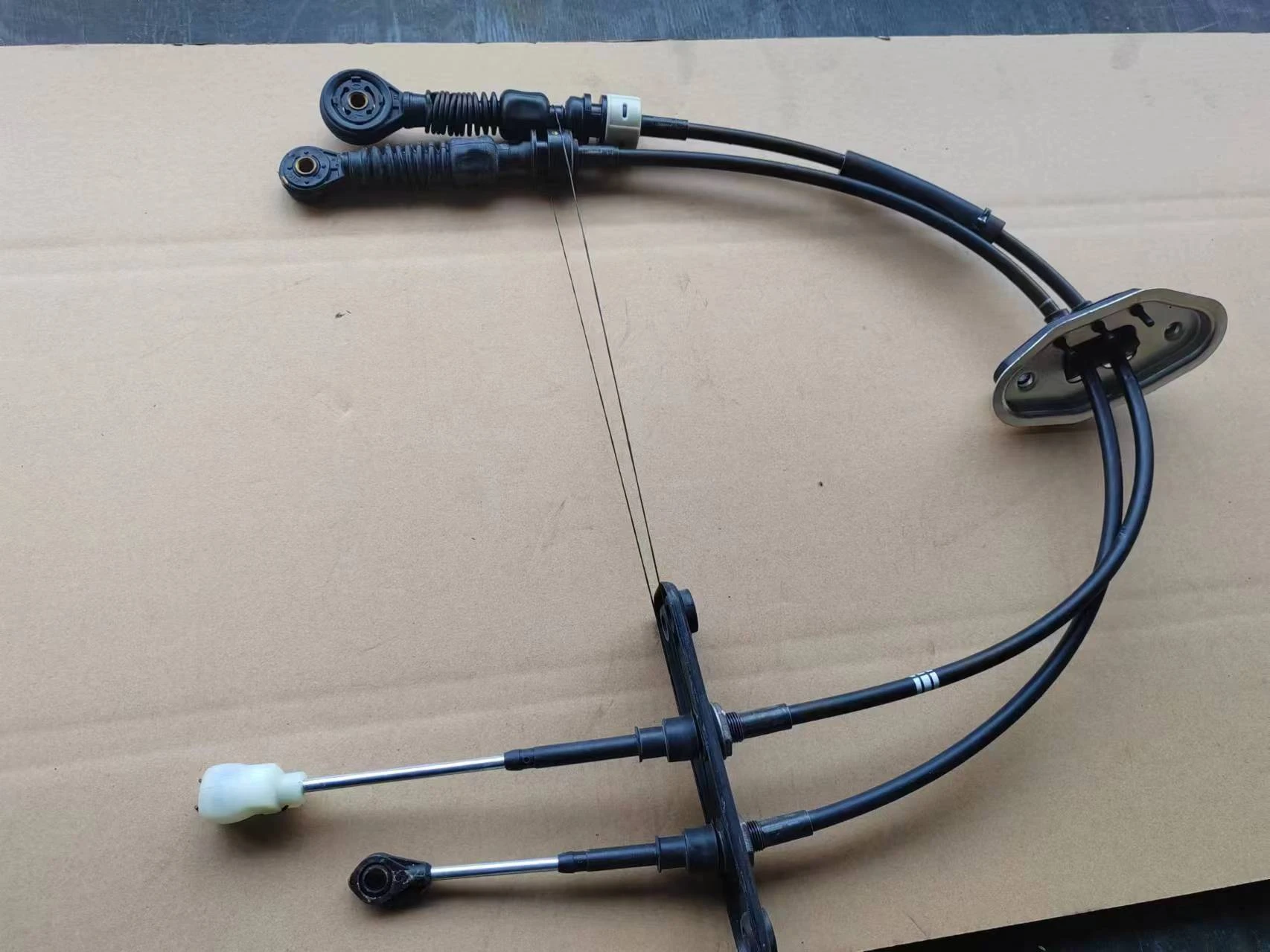clutch hose
Understanding Clutch Hoses Importance, Function, and Maintenance
In the complex world of automotive mechanics, every component plays a crucial role in the overall performance of a vehicle. One such often-overlooked component is the clutch hose. This essential part of the clutch system performs a vital function in the operation of manual transmission vehicles. Understanding the clutch hose’s role, its significance, and how to maintain it can greatly enhance your vehicle's performance and longevity.
What is a Clutch Hose?
The clutch hose is a flexible tube that connects the clutch master cylinder to the clutch slave cylinder. It serves as a conduit for hydraulic fluid, allowing drivers to engage and disengage the clutch smoothly and efficiently. When the driver presses the clutch pedal, the master cylinder generates hydraulic pressure that travels through the hose to the slave cylinder, which in turn operates the clutch mechanism, engaging or disengaging the transmission with the engine.
Importance of the Clutch Hose
The clutch hose is critical for several reasons. First and foremost, it ensures the proper functioning of the clutch system. If the hose is faulty, it can lead to a loss of hydraulic pressure, making it difficult, if not impossible, to operate the clutch. This can result in grinding gears, slipping clutches, or full disengagement failure, posing a safety risk on the road.
Moreover, clutch hoses are subjected to varying temperature and pressure conditions, which can lead to wear over time. Factors like heat, vibration, and exposure to automotive fluids can cause the hose material to degrade, leak, or rupture. Regular inspection and maintenance of the clutch hose can prevent unexpected breakdowns, thus enhancing the vehicle's reliability.
Signs of a Failing Clutch Hose
clutch hose

Being aware of the signs of a failing clutch hose can save drivers from significant headaches and costly repairs. Some common indicators include
1. Fluid Leaks If you notice a puddle of clear or slightly yellow fluid under the vehicle, it may be an indication of a leak in the clutch hose. 2. Difficulty in Shifting Gears Struggling to shift gears or experiencing a feeling of stiffness in the clutch pedal can suggest a loss of hydraulic pressure due to a compromised hose. 3. Spongy Clutch Pedal A clutch pedal that feels spongy or sinks to the floor might be a sign of air in the hydraulic system, often resulting from a leaking or damaged hose.
Maintenance Tips
To ensure the clutch hose remains in good condition, consider the following maintenance tips
1. Regular Inspections Periodically check the hose for any visible signs of wear or damage, such as cracks or leaks. Pay attention to the connections at both ends to ensure they are secure. 2. Flush the System Regularly flushing the hydraulic fluid can help prevent contamination, which can damage the hose and other hydraulic components. 3. Replace When Necessary If you notice any signs of degradation or if the vehicle has high mileage, it may be wise to replace the clutch hose as part of routine maintenance.
Conclusion
In summary, the clutch hose is an integral part of the clutch system that directly influences the vehicle's drivability. By understanding its function, recognizing the signs of potential issues, and committing to regular maintenance, drivers can significantly enhance their vehicle's performance and ensure a safe driving experience. Investing time in these minor details can lead to a smoother ride and extend the life of your clutch system, ultimately saving costs in the long run.
-
Workings of Clutch Pipe and Hose SystemsNewsJun.04,2025
-
The Inner Workings of Hand Brake Cable SystemsNewsJun.04,2025
-
The Secrets of Throttle and Accelerator CablesNewsJun.04,2025
-
The Hidden Lifeline of Your Transmission Gear Shift CablesNewsJun.04,2025
-
Demystifying Gear Cables and Shift LinkagesNewsJun.04,2025
-
Decoding Clutch Line Systems A Comprehensive GuideNewsJun.04,2025
